Description
Familiarity with treatment
A non-surgical BBL is a cosmetic procedure that aims to enhance the shape and size of the buttocks without the need for surgery. Instead of using surgical techniques like liposuction and fat transfer, non-surgical BBL procedures typically involve the use of injectable fillers or devices to achieve the desired results.
Here are some common non-surgical techniques used for a Brazilian Butt Lift:
- Injectable Fillers: Dermal fillers, such as hyaluronic acid-based fillers or collagen-stimulating fillers, can be injected into specific areas of the buttocks to add volume and improve contour. These fillers provide temporary results and may need to be repeated periodically to maintain the desired outcome.
- Sculptra Butt Lift: Sculptra is a collagen-stimulating injectable that can be used to enhance the shape and volume of the buttocks. It works by stimulating the body’s natural collagen production, resulting in gradual and long-lasting improvements. Multiple treatment sessions are usually required for optimal results.
- Vacuum Therapy: Vacuum therapy, also known as vacuum butt therapy or vacuum buttock enhancement, involves the use of suction cups or devices to stimulate blood flow and promote the growth of the gluteal muscles. This technique aims to lift and firm the buttocks without the need for surgery.
- Butt Enhancement Creams: Some topical creams or lotions claim to enhance the appearance of the buttocks by promoting collagen production, improving skin elasticity, or stimulating fat cells. However, the effectiveness of these products may vary, and it is essential to research and choose reputable brands.
Who is it suitable for?
A non-surgical Brazilian Butt Lift (BBL) may be suitable for individuals who:
- Desire a modest enhancement: Non-surgical BBL techniques typically provide more subtle results compared to surgical BBL procedures. It is suitable for individuals who are looking for a modest improvement in the shape, volume, or contour of their buttocks.
- Have minimal fat deposits: Non-surgical BBL techniques, such as injectable fillers, may be more suitable for individuals with minimal fat deposits in other areas of their body. Surgical BBL procedures typically involve liposuction to harvest fat from donor sites, which may not be necessary for those with limited fat availability.
- Prefer a non-invasive approach: Non-surgical BBL procedures are non-invasive or minimally invasive, meaning they do not require incisions or significant downtime. This may be appealing to individuals who want to avoid surgery and its associated risks and recovery period.
- Have realistic expectations: It is important for individuals considering a non-surgical BBL to have realistic expectations about the potential outcomes. Non-surgical techniques can provide some improvement in the appearance of the buttocks, but the results are typically more subtle and temporary compared to surgical procedures.
- Are in good overall health: Like any cosmetic procedure, it is important for individuals considering a non-surgical BBL to be in good overall health. They should disclose any medical conditions, allergies, or medications they are taking to their aesthetic provider to ensure the procedure is safe for them.
Who is it not suitable for?
A non-surgical Brazilian Butt Lift (BBL) may not be suitable for certain individuals, including:
- Those with significant sagging or loose skin: Non-surgical BBL techniques primarily focus on adding volume and improving contour. They may not effectively address significant skin laxity or sagging in the buttocks. In such cases, a surgical procedure like a traditional BBL or a buttock lift may be more appropriate.
- Individuals with unrealistic expectations: Non-surgical BBL techniques provide more subtle and temporary results compared to surgical procedures. If someone has unrealistic expectations of achieving dramatic changes in buttock size or shape, they may not be satisfied with the outcomes of a non-surgical approach.
- Those with insufficient fat deposits: Non-surgical BBL techniques that involve injectable fillers typically require some fat deposits in the buttock area to achieve optimal results. If an individual has minimal fat in the buttocks or other areas of the body, there may not be enough volume to enhance through injections.
- Pregnant or breastfeeding women: It is generally recommended to avoid cosmetic procedures, including non-surgical BBL, during pregnancy and while breastfeeding. Hormonal changes and the body’s natural processes during this time can affect the results and safety of the procedure.
- Individuals with certain medical conditions or contraindications: Certain medical conditions or factors may make a non-surgical BBL unsuitable or risky. These may include bleeding disorders, active infections, autoimmune diseases, allergies to the products used, or a history of adverse reactions to injectable fillers.
Advantages
Non-surgical Brazilian Butt Lift (BBL) techniques offer several advantages compared to surgical BBL procedures. Here are some potential advantages of a non-surgical BBL:
- Non-invasive or minimally invasive: Non-surgical BBL techniques do not require incisions or major surgical procedures. This means there is no need for anesthesia, and the risk of complications associated with surgery, such as infection or scarring, is significantly reduced.
- Minimal downtime: Non-surgical BBL procedures typically have minimal downtime compared to surgical BBL. Most non-surgical techniques allow individuals to resume their normal activities shortly after the procedure, with little to no restrictions.
- Reduced risk: Non-surgical BBL techniques carry a lower risk of complications compared to surgical procedures. Since there are no incisions or anesthesia involved, the risk of infection, bleeding, or adverse reactions to anesthesia is significantly reduced.
- Quick results: Non-surgical BBL techniques can provide immediate or near-immediate results. Injectable fillers or devices can instantly add volume and improve the shape of the buttocks, allowing individuals to see the outcome of the procedure right away.
- Customizable results: Non-surgical BBL techniques offer a high level of customization. Aesthetic providers can tailor the treatment to the individual’s specific goals and preferences, adjusting the amount of filler or the technique used to achieve the desired outcome.
- Reversible or temporary results: Non-surgical BBL procedures typically provide temporary results. This can be advantageous for individuals who want to try out a new look or prefer the option to reverse or modify the results over time.
- Less invasive recovery: Since non-surgical BBL procedures are less invasive, the recovery process is generally more comfortable and requires less downtime. Individuals can typically resume their regular activities shortly after the procedure, with minimal discomfort or restrictions.
Complications
While non-surgical Brazilian Butt Lift (BBL) techniques are generally considered safe, there are still potential complications and risks associated with these procedures. It is important to be aware of these potential complications before undergoing any cosmetic procedure. Here are some possible complications of non-surgical BBL:
- Infection: Although the risk of infection is lower compared to surgical procedures, there is still a small risk of infection at the injection sites. It is crucial to ensure that the procedure is performed in a sterile environment by a qualified and experienced provider to minimize this risk.
- Allergic reactions: Some individuals may have allergic reactions to the substances used in non-surgical BBL procedures, such as injectable fillers. It is important to disclose any known allergies or sensitivities to your aesthetic provider before the procedure.
- Bruising and swelling: Bruising and swelling are common side effects of non-surgical BBL procedures. While they are usually temporary and resolve on their own, they can cause discomfort and affect the immediate appearance of the treated area.
- Uneven results: Achieving perfectly symmetrical and even results with non-surgical BBL techniques can be challenging. There is a risk of uneven distribution of the injected filler or variations in the response of the body to the treatment, resulting in asymmetry or irregularities in the buttock shape.
- Discomfort or pain: Some individuals may experience discomfort or pain during or after the non-surgical BBL procedure. This can vary depending on the technique used and individual pain tolerance. Pain medications or topical numbing agents may be used to manage any discomfort.
- Migration or displacement of fillers: Injectable fillers used in non-surgical BBL procedures can potentially migrate or shift from the intended injection sites. This can lead to an uneven appearance or changes in the shape of the buttocks. It is important to choose a skilled and experienced provider to minimize this risk.
- Dissatisfaction with results: Non-surgical BBL techniques may not provide the same level of enhancement or longevity as surgical procedures. Some individuals may be dissatisfied with the subtle or temporary results achieved through non-surgical methods.
Preoperative care
Preoperative care is an essential part of preparing for any surgical procedure, including a Brazilian Butt Lift (BBL). Here are some key aspects of preoperative care for a BBL:
- Consultation with a Plastic Surgeon: Schedule a consultation with a board-certified plastic surgeon who specializes in BBL procedures. During the consultation, discuss your goals, expectations, and any concerns you may have. The surgeon will evaluate your candidacy for the procedure and provide personalized recommendations.
- Medical Evaluation: Undergo a thorough medical evaluation to ensure you are in good health and a suitable candidate for surgery. This may include blood tests, imaging studies, and a review of your medical history. Inform your surgeon about any pre-existing medical conditions, allergies, or medications you are taking.
- Quit Smoking and Avoid Certain Medications: If you smoke, it is important to quit smoking several weeks before the surgery, as smoking can impair healing and increase the risk of complications. Your surgeon may also advise you to avoid certain medications, such as blood thinners or herbal supplements, that can increase the risk of bleeding or interfere with anesthesia.
- Follow Preoperative Instructions: Your surgeon will provide you with specific preoperative instructions to follow. These may include fasting for a certain period before the surgery, avoiding certain skincare products, and stopping the use of aspirin or other blood-thinning medications. It is important to adhere to these instructions to ensure a safe and successful surgery.
- Arrange for Transportation and Support: BBL is typically performed as an outpatient procedure, meaning you will be able to go home on the same day. However, you will need someone to drive you home after the surgery and provide assistance during the initial recovery period. Arrange for a responsible adult to accompany you to the surgical facility and stay with you for the first 24 hours after the procedure.
- Prepare Your Recovery Space: Before the surgery, prepare a comfortable recovery space at home. This may include setting up a designated area with pillows, blankets, and other items to support your comfort during the initial recovery period. Stock up on necessary supplies, such as loose-fitting clothing, pain medications prescribed by your surgeon, and any recommended wound care products.
- Follow a Healthy Lifestyle: Leading up to the surgery, maintain a healthy lifestyle by eating a balanced diet, staying hydrated, and engaging in regular exercise. Good nutrition and overall wellness can contribute to a smoother recovery and better surgical outcomes.
- Emotional Preparation: It is normal to experience a range of emotions before undergoing surgery. Take the time to mentally prepare yourself for the procedure and manage any anxiety or stress. Communicate openly with your surgeon about your expectations and concerns to ensure a positive surgical experience.
Postoperative care
Postoperative care is crucial for a successful recovery after a Brazilian Butt Lift (BBL). Here are some key aspects of postoperative care to keep in mind:
- Follow Surgeon’s Instructions: It is essential to carefully follow all postoperative instructions provided by your surgeon. These instructions may include wound care, medication management, activity restrictions, and follow-up appointments.
- Wound Care: Keep the incision sites clean and dry as instructed by your surgeon. You may need to apply antibiotic ointment and change dressings regularly. Avoid submerging the incisions in water until cleared by your surgeon.
- Compression Garments: Wear the compression garment provided by your surgeon as directed. Compression garments help reduce swelling, promote healing, and provide support to the treated areas. Follow your surgeon’s recommendations regarding the duration and frequency of wearing the garment.
- Pain Management: Take prescribed pain medications as directed by your surgeon to manage any discomfort or pain. Over-the-counter pain relievers may also be recommended. Avoid taking any medications that can increase the risk of bleeding or interfere with the healing process, unless approved by your surgeon.
- Rest and Recovery: Allow yourself ample time to rest and recover after the surgery. Avoid strenuous activities, heavy lifting, and exercise for the recommended period specified by your surgeon. Follow your surgeon’s guidelines for gradually increasing activity levels.
- Hydration and Nutrition: Stay hydrated by drinking plenty of water and consuming a balanced diet. Proper nutrition is essential for healing and promoting optimal results. Follow any dietary recommendations provided by your surgeon.
- Avoid Sitting or Pressure on Buttocks: To protect the newly transferred fat cells, avoid sitting or putting direct pressure on your buttocks for the initial weeks following surgery. Use a specialized BBL pillow or cushion to distribute weight evenly when sitting is necessary.
- Avoid Smoking and Alcohol: Smoking and alcohol consumption can impair the healing process and increase the risk of complications. It is best to avoid smoking and limit alcohol intake during the recovery period.
- Follow-up Appointments: Attend all scheduled follow-up appointments with your surgeon. These appointments allow your surgeon to monitor your progress, address any concerns, and make any necessary adjustments to your postoperative care plan.
- Emotional Support: Recovery from surgery can be emotionally challenging. Seek support from loved ones or consider joining support groups to share experiences and receive encouragement throughout the recovery process.
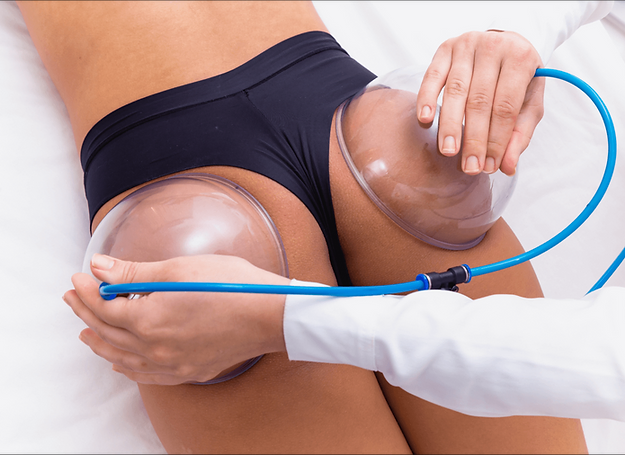
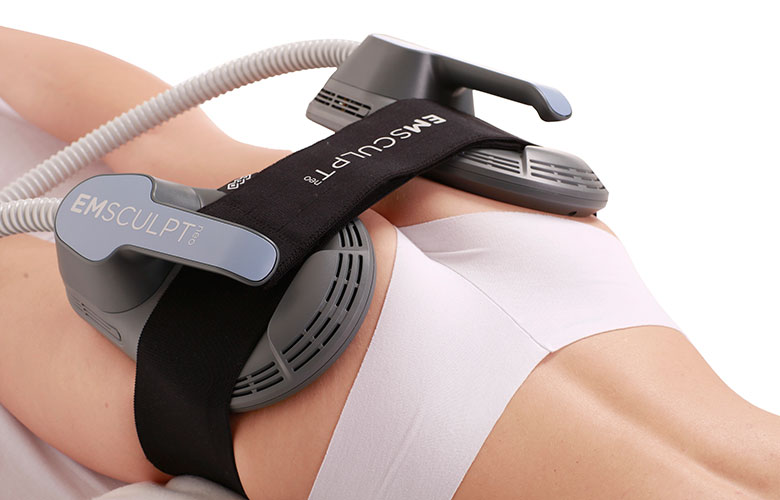
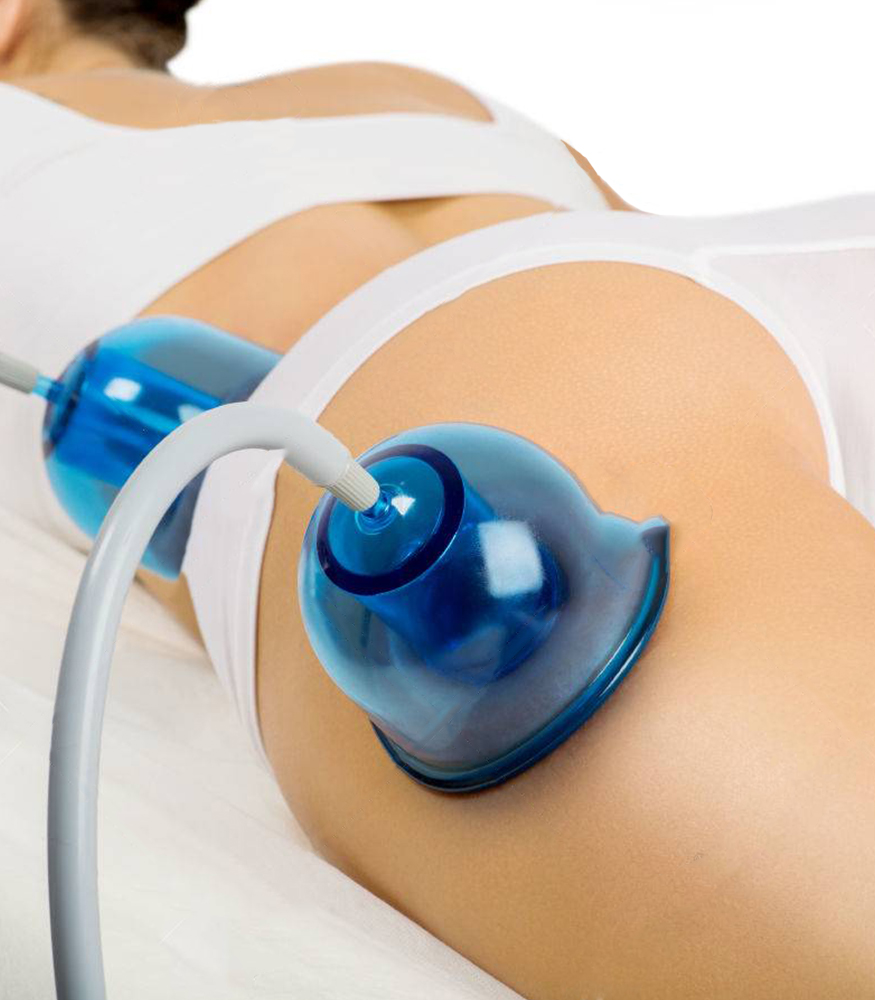
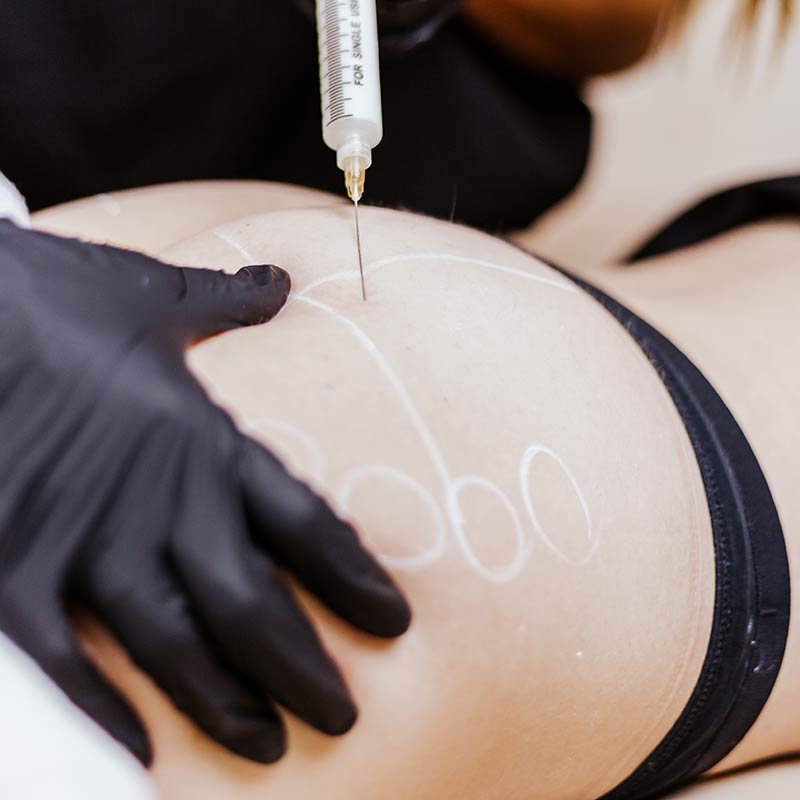
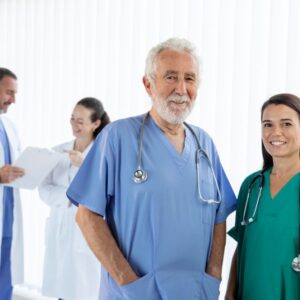


Reviews
There are no reviews yet.